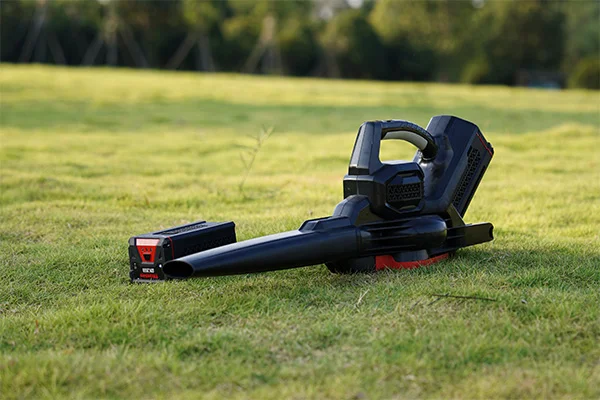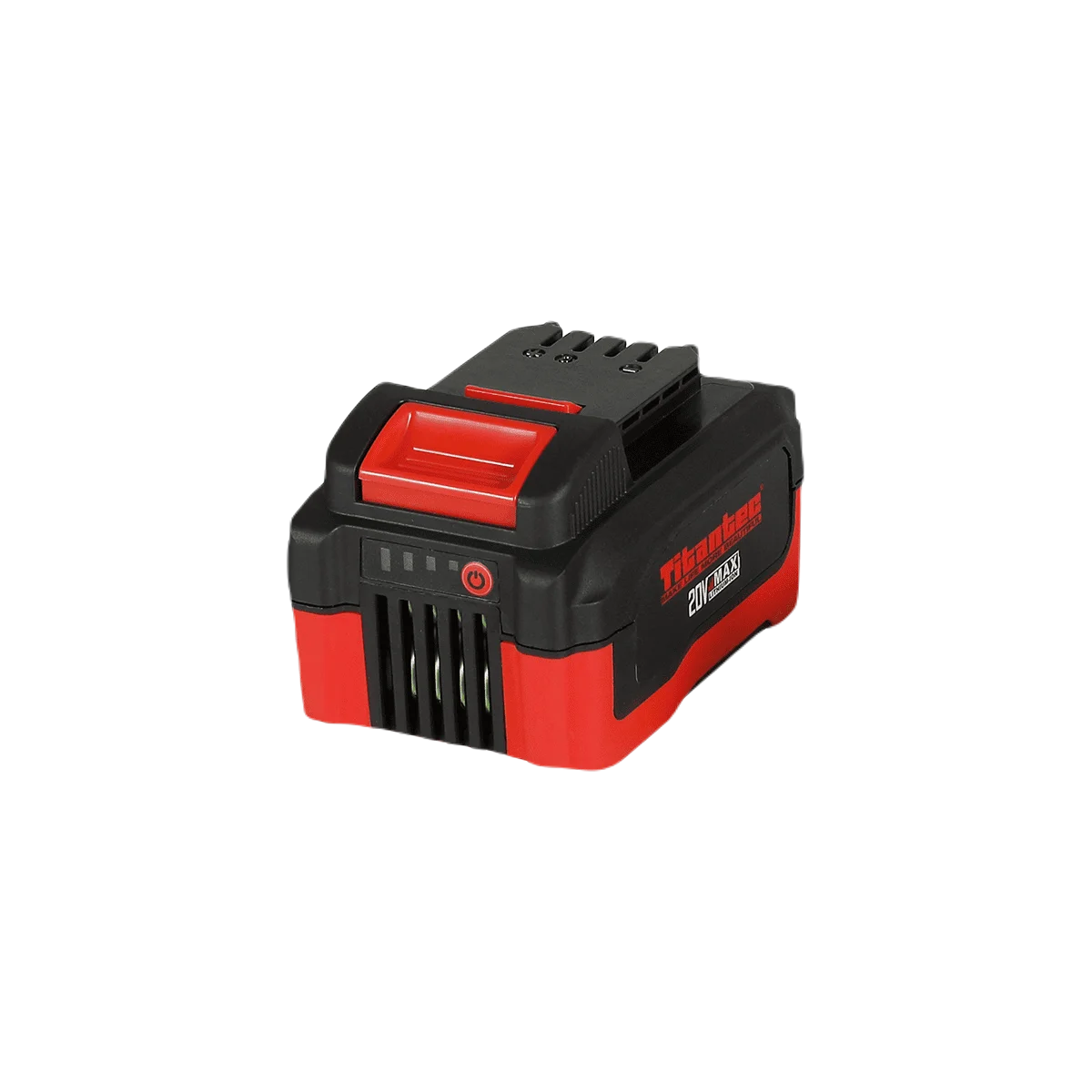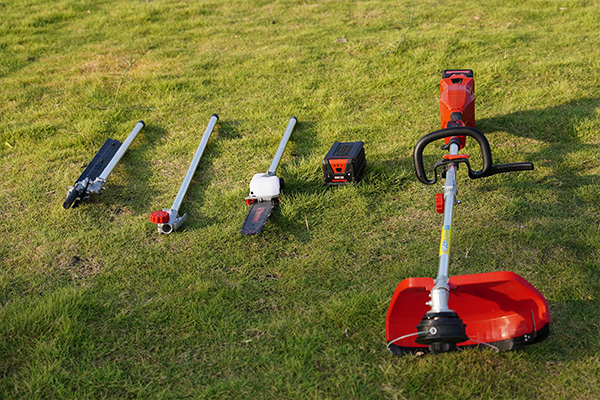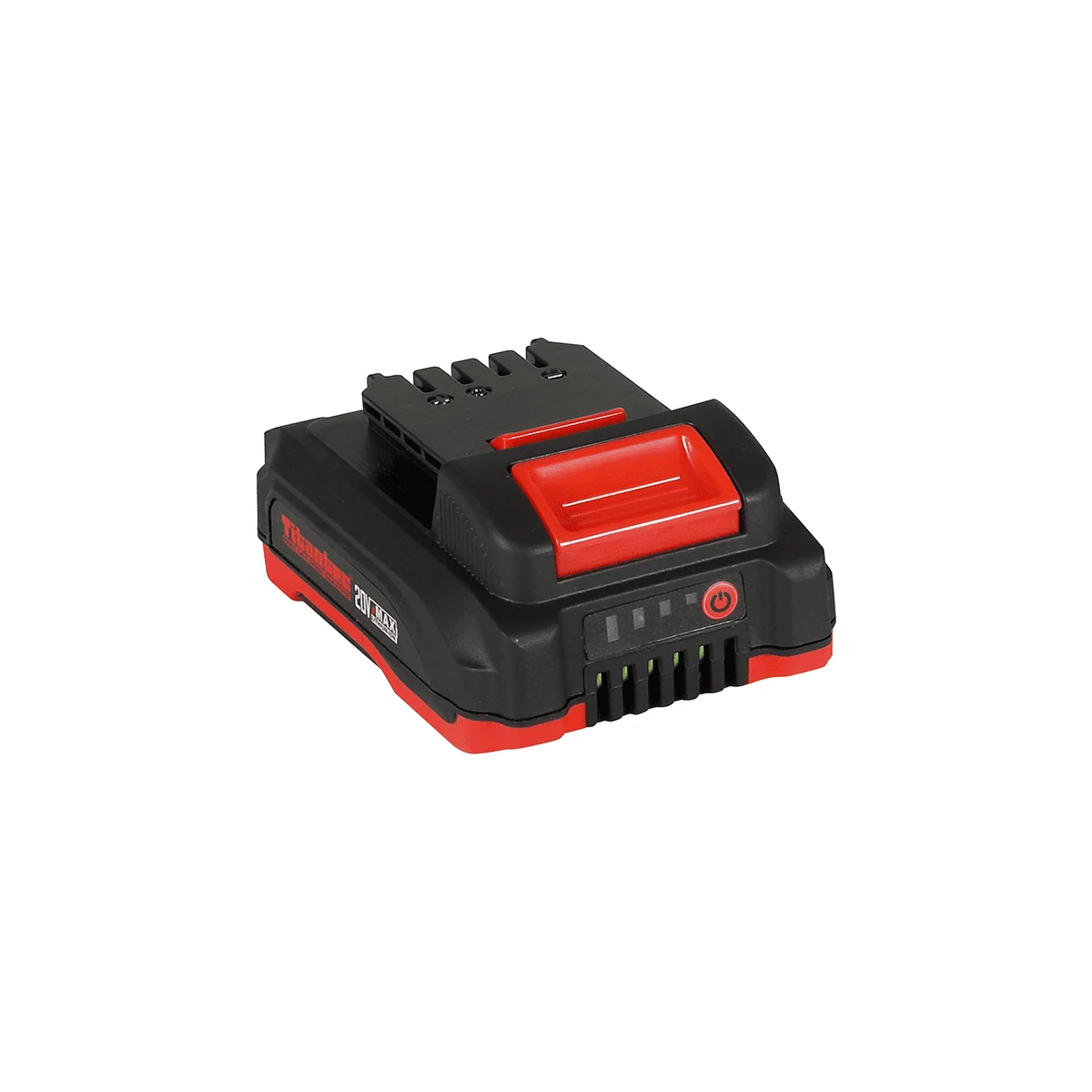Sustainable Garden Maintenance: The Advantages of Lithium Battery-Powered Tools

Sustainable garden maintenance is an essential aspect of protecting the environment and conserving natural resources. One of the ways to achieve this is by using lithium battery-powered tools instead of traditional gasoline-powered tools. In this blog, we will explore the advantages of lithium battery-powered tools for sustainable garden maintenance and how they can help reduce greenhouse gas emissions and promote a healthier environment.
Section 1: The Environmental Impact of Gasoline-Powered Tools
Gasoline-powered tools are a significant source of air pollution and greenhouse gas emissions. According to the US Environmental Protection Agency, small gasoline-powered engines contribute to 5% of the total US air pollution. They release pollutants such as carbon monoxide, nitrogen oxides, and volatile organic compounds into the atmosphere and contribute to the formation of smog and acid rain. These emissions also have a negative impact on human health and the environment. Gasoline-powered tools also consume non-renewable resources, such as oil and gas, and contribute to the depletion of these resources.
Section 2: Advantages of Lithium Battery-Powered Tools

Lithium battery-powered tools have several advantages over gasoline-powered tools, including:
Reduced greenhouse gas emissions: Lithium battery-powered tools produce zero emissions during use, unlike gasoline-powered tools that release pollutants into the atmosphere. The only emissions from lithium battery-powered tools are those created during the production and disposal of the batteries, which are still lower than those created by gasoline-powered tools.
Quieter operation: Lithium battery-powered tools operate at a lower decibel level than gasoline-powered tools, reducing noise pollution. This is particularly important in residential areas where noise pollution can be a nuisance.
Lower maintenance requirements: Lithium battery-powered tools require less maintenance than gasoline-powered tools, reducing the need for oil changes and other maintenance tasks. This also means that there are fewer instances of oil and chemical spills that can harm the environment.
Ease of use: Lithium battery-powered tools are lightweight and easy to maneuver, making them ideal for garden maintenance tasks. They also eliminate the hassle of dealing with cords or fuel tanks, making them more convenient to use.
Cost savings: While the initial cost of a lithium battery-powered tool may be higher than that of a gasoline-powered tool, the long-term cost savings can be significant. Lithium battery-powered tools require less maintenance, and the cost of electricity to charge the batteries is significantly lower than that of gasoline.
Section 3: Types of Lithium Battery-Powered Tools
Lithium battery-powered tools are available in a wide range of types, including lawn mowers, hedge trimmers, leaf blowers, and chainsaws. They offer the same performance and functionality as gasoline-powered tools, but with the added benefit of being more environmentally friendly. For example, a lithium battery-powered lawn mower can easily handle a small to medium-sized lawn, while a lithium battery-powered hedge trimmer can trim hedges and bushes with ease.
Section 4: Choosing the Right Lithium Battery-Powered Tool

When choosing a lithium battery-powered tool, there are several factors to consider, such as battery life, power, and charging time. It is also important to choose a tool that is appropriate for the task at hand and to choose a reputable brand with a good warranty and customer service.
Battery life is an important consideration when selecting a lithium battery-powered tool. The longer the battery life, the longer you can use the tool before needing to recharge it. Power is also important, as it determines how well the tool can perform the task at hand. A tool with more power will be able to handle tougher jobs, such as cutting through thick branches or mowing a larger lawn. Charging time is another important factor. A shorter charging time means that you can get back to work quickly, while a longer charging time can be inconvenient.
It is also important to choose a tool that is appropriate for the task at hand. For example, a chainsaw may be too powerful for trimming hedges, while a hedge trimmer may not be powerful enough for cutting through thick branches. Choosing a reputable brand with a good warranty and customer service can also give you peace of mind and ensure that you are getting a quality product.
Section 5: Maintaining Lithium Battery-Powered Tools
Proper maintenance of lithium battery-powered tools is essential to ensure their longevity and optimal performance.
Here are some tips on how to maintain lithium battery-powered tools:
1.Charge the battery fully before use. A fully charged battery will ensure that the tool operates at its maximum performance.
2.Store the battery in a cool, dry place. This will help to prevent the battery from overheating or becoming damaged.
3.Clean the tool after each use to remove debris and dust. This will help to prevent damage to the tool’s motor and battery.
4.Follow the manufacturer’s instructions for maintenance and storage. This will help to ensure that the tool operates at its best and lasts for as long as possible.
Conclusion

Lithium battery-powered tools offer a sustainable and environmentally friendly alternative to traditional gasoline-powered tools. With their reduced greenhouse gas emissions, quieter operation, and fewer maintenance requirements, they are an ideal choice for garden maintenance tasks. By choosing the right lithium battery-powered tool and maintaining it properly, you can enjoy the benefits of sustainable garden maintenance while protecting the environment. By using lithium battery-powered tools, you can reduce your carbon footprint and contribute to a healthier planet.
Want to Know More About Our Products?
View All Products Now